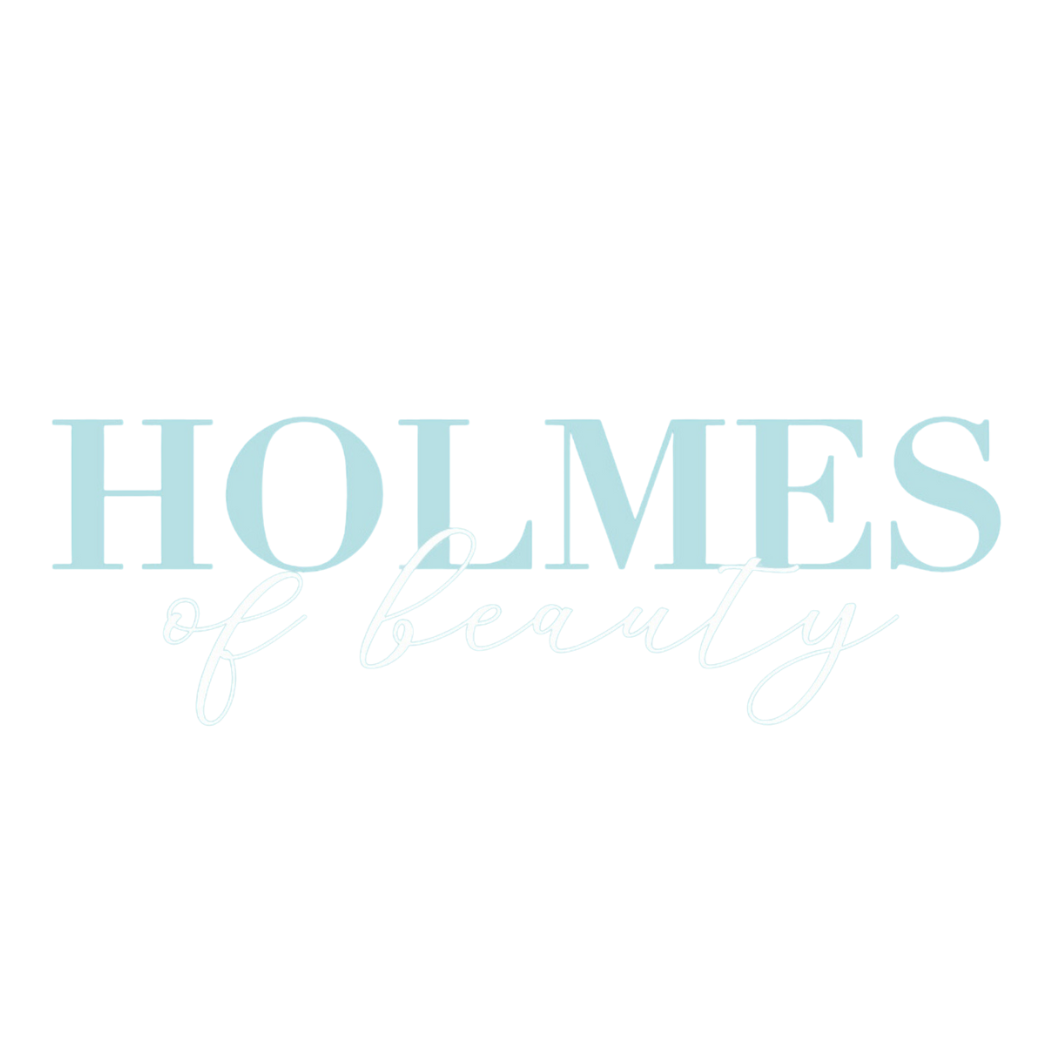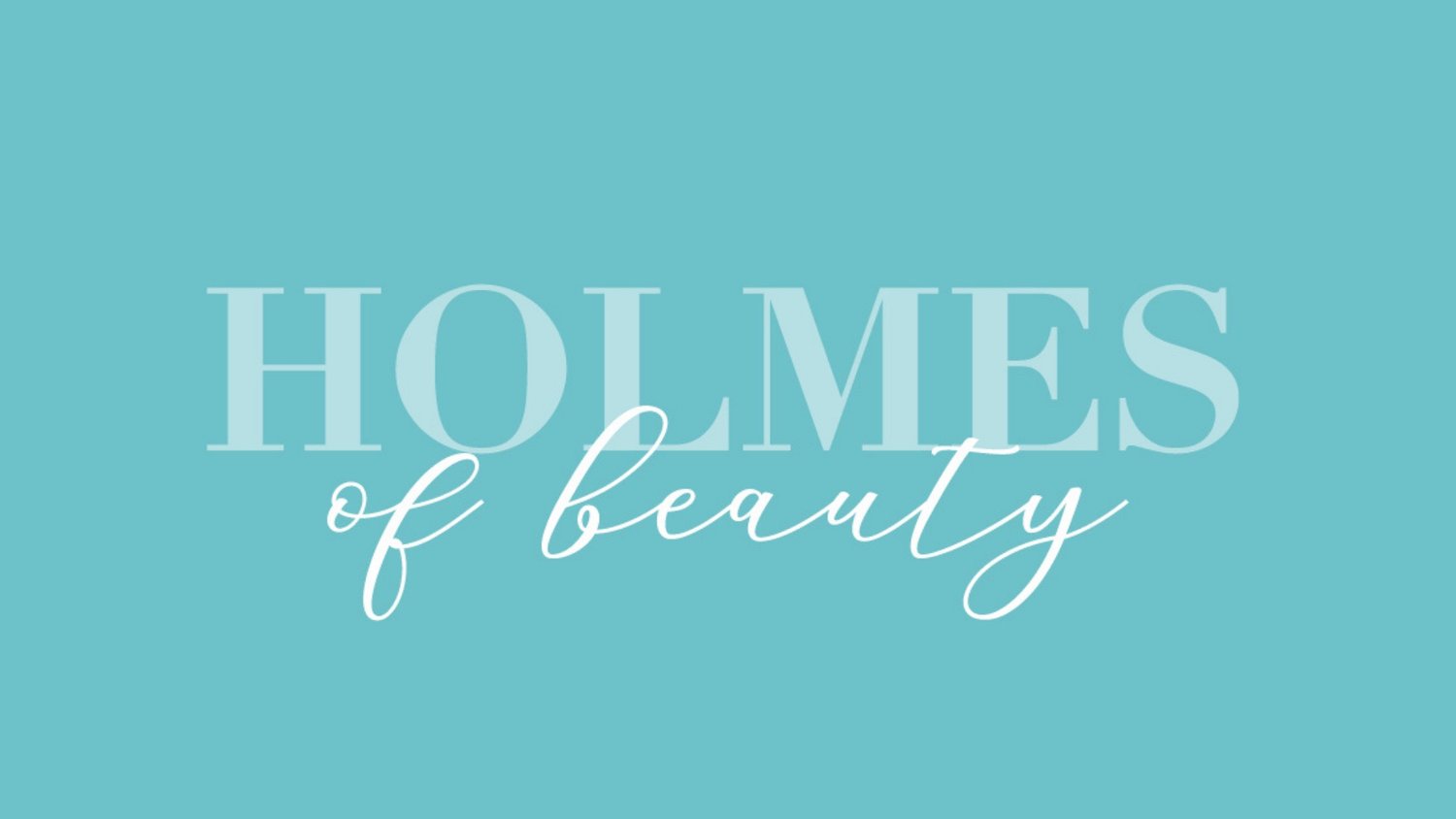FAQs
-
What are dermal fillers made from?
The most popular dermal fillers used today are made of a material using hyaluronic acid based products. Hyaluronic acid is a naturally occurring substance that is found in body tissues, and it has been used safely in general medical applications for several decades. These hyaluronic acid dermal fillers are non-permanent, meaning that they are reabsorbed into the body over time.
How do dermal fillers work?
Throughout the ageing process we lose some of the skin’s ‘building blocks’ such as collagen and fat, which are the materials that prevent to skin becoming loose and saggy, allowing fine lines and wrinkles to appear. As we age, our skin becomes thinner and more visible lines and wrinkles start to appear. The facial bones and fat pads begin to shrink accelerating the creation of folds and deep wrinkles.
The dermal filler acts as a replacement for the lost fat and helps to restore our skin to its former youthful appearance.
The material is carefully injected into different layers of the skin depending on the type of filler selected and the patient’s needs. Dermal fillers are available in different thicknesses and viscosity that match to the patients needs. The thicker products are generally reserved for deep folds or wrinkles, whilst smoother product is used to plump out fine lines and wrinkles.
I’m interested in having dermal fillers but will the injections hurt?
Many people find their procedure at Holmes of Beauty more comfortable than expected, and most dermal fillers contain a local anaesthetic. Our practitioners are highly skilled and precise; you should merely feel a light sting on your skin during the injection procedure.
What’s the difference between a dermal filler and botulinum toxin?
Both treatments involve injections, but botulinum toxin relaxes muscle movement that results in wrinkles while dermal fillers simply plump out and smooth wrinkles. Sometimes, these treatments are more effective when combined.
What to expect after dermal fillers?
Immediately after the treatment, patients may experience slight redness, swelling or tenderness around the area that has been treated. They may also experience raised or inflamed skin as well as itching in the treatment area. These side effects are completely natural and tend to subside in one to two days for the vast majority of patients who experience them. On rare occasions, patients may also bruise. However, all of these symptoms will gradually disappear over a period of 7-14 days.
-
WHAT IS A PEEL?
A skin resurfacing treatment that removes the outermost layer of the skin; removing dead skin cells and stimulating the growth of new cells and collagen. Improving the texture, appearance and smoothness resulting in younger looking skin. They are also used to treat discolouration, pigmentation, fine lines, wrinkles, scars, discolouration, pigmentation, rosacea and breakouts.
WHICH SKIN TYPES IS IT SUITABLE FOR?
It’s suitable for all skin types from very fair to dark skin.
HOW LONG DOES THE TREATMENT TAKE AND HOW MANY SESSIONS WILL I REQUIRE?
Treatment time is 1 hour and the number of treatments depends on the condition of your skin and your expectations. After your skin assessment we will advise you on the number of sessions required. We normally recommend a course of 3 to 6 sessions to get maximum benefit and optimum results.
DO I REQUIRE HOMECARE?
To get optimum results from your treatment Homecare is highly recommended. Your custom skin care routine will be discussed during your Skin Consultation. This will vary from person to person depending on your skin type and skin concerns. Your Aesthetic Practitioner will assess your skin and recommend the products and treatment required.
IS THERE A DOWNTIME AFTER HAVING A CHEMICAL PEEL?
As we use NOON products for our Chemical Peels. NOON contains a patented ingredient which suppresses the activation of the Type C Nociceptors. Which are nerve fibres in the skin that send out a message of pain which is usually activated by the Azelaic or Alpha Hydroxy Acids contained in Peels. Nerve impulses to the brain is decreased and the sensation of sting or itch is significantly reduced hence why there is usually no downtime after our Chemical Peel. NOON is the only product which has this technology. Making it the most comfortable Chemical Peel experience.
HOW QUICKLY WILL I SEE RESULTS?
Immediately after treatment you will notice your skin will look smoother and more radiant due to the dead skin cells being removed. After several days you will start to see the new layers of skin after your old skin has peeled. Your complexion will look more even throughout with a natural glow. We always take pictures before and after each treatment to compare the results at the end of your course of treatments.
IS A CONSULTATION REQUIRED?
All Aesthetic Skin Treatments at Holmes of Beauty require a consultation with our Aesthetic Practitioners. During your consultation they will be able to answer any questions you may have about your skin condition and give you personalised advice, based on the assessment of your skin. All our Skin Consultations are Free.
-
What is BIAB?
BIAB – which stands for builder in a bottle – also known as builder gel is a range of strengthening gel products that are applied to the natural nail, much in the same way regular gel polishes are, but it has a thicker consistency that improves the nail’s strength. That added protection enables nails to grow steadily and lessens the chances of snapping or breakage.
What’s the difference between BIAB and gel or shellac?
BIAB is ultimately still a gel product but with a thicker consistency. When it cures under the lamp, it creates a harder and more durable finish than regular gel polish. Generally BIAB comes in a smaller range of colours (mostly pale and pastel shades of pinks and purples), but you can apply any other gel polish over a clear BIAB base if you want to, meaning you can still go all out with nail art and bright neons if you fancy.
What’s the difference between BIAB and acrylics?
The strength that both acrylic and builder gel provide isn’t dissimilar, but the difference is in the application. BIAB requires exposure to UV light in order to cure (meaning it hardens from a gel to a solid), whereas acrylic comes in a powdered form that, when mixed with a liquid monomer (a bonding agent that binds with the powder to become malleable) will cure when left to air dry. Once both have cured, they can be painted or decorated to the client’s choosing.
How does BIAB help strengthen natural nails?
It’s the thickness of BIAB that provides reinforced strength, durability and protection from external factors like knocks and bumps. BIAB can also be used to repair broken nails, and provide short extensions that can then be shaped.
How long does BIAB last?
There are so many variables here, for example: the length of the natural nails underneath, how nails are treated once the manicure is done, whether the recommended aftercare is done properly (which usually includes regularly applying cuticle oil, not submerging hands in warm water for long periods of time and not using nails as tools). However, for the average person, I’d expect most would be able to go around two to three weeks between appointments, when BIAB can either be removed and reapplied, or ‘infilled’ – which is where the existing polish is filed down and the gap between the old BIAB and the natural nail is filled in with a fresh layer.

